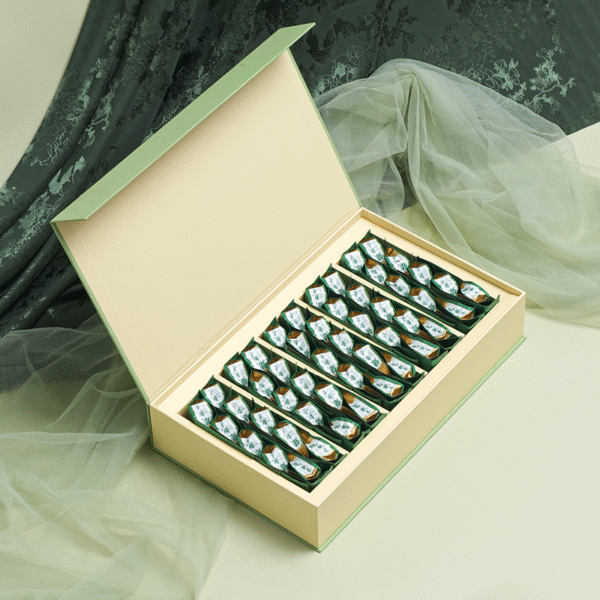
本身。
html
First Grade Dragon Well Green Tea vs. Biluochun Green Tea
When it comes to premium Chinese green teas, First Grade Dragon Well (Longjing) Tea and Biluochun Green Tea stand out as two of the most celebrated varieties. Both teas boast rich histories, unique flavors, and distinct production methods. Let’s explore their differences and similarities to help you decide which one suits your palate.
Origins and History
Dragon Well Tea, also known as Longjing, originates from Hangzhou in Zhejiang Province. With a history spanning over 1,200 years, it’s often referred to as the “National Tea of China.” The first-grade variety represents the highest quality, hand-picked from the earliest spring buds.
Biluochun, meaning “Green Snail Spring,” comes from Dongting Mountain in Jiangsu Province. Its name derives from the tea’s spiral shape resembling snail shells. This tea has been cherished since the Tang Dynasty (618-907 AD) and is renowned for its delicate appearance and fruity aroma.
Appearance and Processing
First Grade Dragon Well leaves are flat and sword-shaped, resulting from a unique pan-firing technique that preserves their vibrant green color. The processing involves careful hand-pressing against hot woks to create the characteristic flat shape.
Biluochun leaves are tightly curled into small spirals, covered with fine white hairs. The processing includes earlier harvesting of tender buds and a gentler heating process to maintain the delicate spiral form and preserve the natural white hairs.
Flavor Profile
Dragon Well Green Tea offers a mellow, chestnut-like flavor with sweet undertones and a smooth, lingering aftertaste. The first-grade variety has exceptional clarity and a refreshing vegetal note.
Biluochun presents a more floral and fruity character, often with notes of peach blossom and a slightly stronger aroma. The taste is brisk yet sweet, with a distinctive freshness that reflects its early spring harvest.
Brewing Methods
For Dragon Well, use water at 75-80°C (167-176°F) and steep for 1-2 minutes. The flat leaves will gracefully sink and rise during infusion, creating a beautiful visual experience.
Biluochun requires slightly cooler water (70-75°C or 158-167°F) and shorter steeping (30-60 seconds) due to its delicate nature. The spiral leaves unfurl dramatically, releasing their aromatic compounds.
Health Benefits
Both teas are rich in antioxidants, particularly catechins, which may support heart health and metabolism. Dragon Well is noted for its higher concentration of amino acids, contributing to its sweet taste, while Biluochun contains more aromatic compounds that may aid relaxation.
Which One to Choose?
If you prefer a nutty, smooth tea with historical prestige, First Grade Dragon Well is an excellent choice. For those who enjoy floral, aromatic teas with visual appeal, Biluochun might be more satisfying. Many tea enthusiasts find value in experiencing both to appreciate the diversity of Chinese green teas.
Ultimately, the decision comes down to personal preference. Why not try both and discover which one resonates with your taste buds?